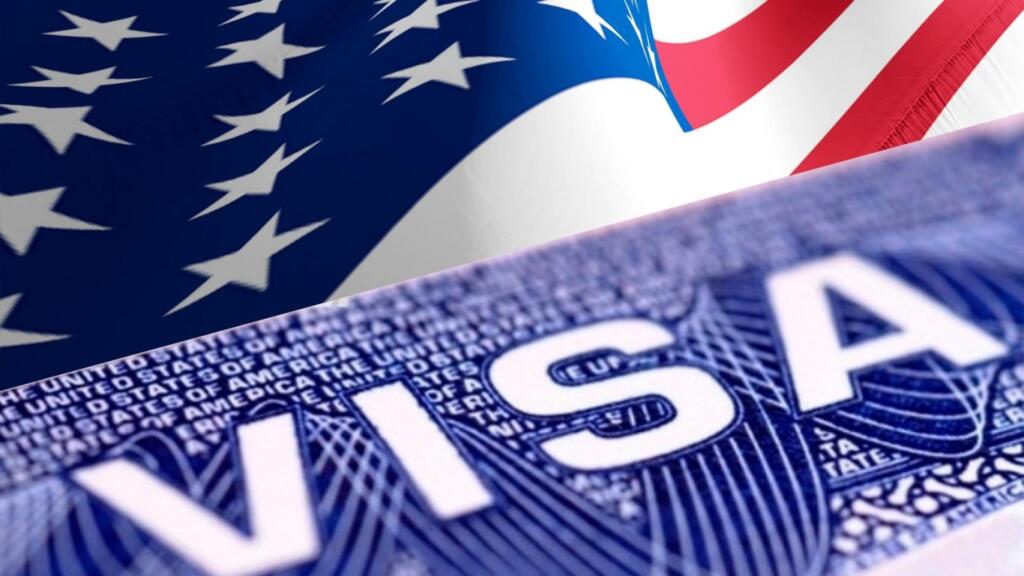To suit varied travel and stay needs, the US offers a variety of visa classifications. Every single individual who desires to visit, learn, live, or work in the United States should have some understanding of these visa categories. Whether you’re preparing for F1 visa interview questions and answers or exploring other visa options, different visas serve different purposes, and each of them is connected with some requirements. This article deconstructs the five main visa classifications that provide access to various American opportunities.
1. Tourist and Business Visitor Visas (B1/B2) – Your Ticket to Short-Term Stays
The two most common types of visas for temporary visits are the B1/B2 visas issued to travellers. Usually, the B2 visa is for tourism or treatment; visiting a friend or relative, while the B1 visa is for business such as conferences or the negotiation processes. In general, these visas allow a stay which does not exceed six months; in certain circumstances the stay may be other.
2. Student Visas (F and M) – Your Path to American Education
Student visas provide access to American educational options. Those who plan to study at accredited institutions, colleges, and universities are eligible to apply for the F-1 visa Study, those who intend to pursue vocational or technical training, or any other program are eligible to apply for the M-1 Visa Study. With these visas students can enrol in full time education and even gain practical experience through training that is related to their area of study.
3. Employment-Based Visas (H, L, O) – Your Career Gateway
Employment visa is of different categories which can be useful depending on different work situations. Whereas the L visas allow transfer within a company, the H-1B visa is granted to employees of outstanding skill and quality. The “O” visa category is for aliens with extraordinary ability in the arts, sciences, business, education or athletics. There are particular qualifications and time constraints for each type.
4. Exchange Visitor Visas (J) – Your Cultural Exchange Experience
By enabling participants to teach, study, conduct research, exhibit unique abilities, or obtain training in the United States, the J visa program fosters cross-cultural interaction. Opportunities for professors, scholars, students, doctors, au pairs, and summer work trip participants fall under this category. The program focuses widely on the international perspective and cultural experience.
5. Permanent Resident Visas (Green Cards) – Your Path to American Residency
Immigration to the United States provides permanent residence and the first step toward getting this residency is a Green Card. Some of these are diversity visas, employment-based visas, family-based visas and humanitarian visas, refugee or asylum status. Green cards are unlike temporary work visas, permanent resident cards enable card holders to live and work in the United States permanently and have a path to naturalization.
Conclusion
A successful trip to the US depends on choosing the appropriate visa type. Every kind of visa has different requirements and benefits and is used for particular purposes. Knowing these visa types enables you to make well-informed decisions on your American journey, whether you’re seeking permanent residence, visiting family, furthering your job, or pursuing school. Keep in mind that visa requirements are subject to change and that timely and meticulous application procedures are necessary. Getting the visa, you want frequently requires careful planning and a firm grasp of the requirements for the category you have selected. Don’t wait, just choose Atlys to obtain your visa quickly.
